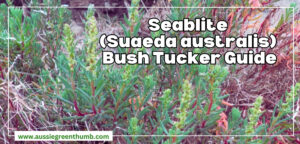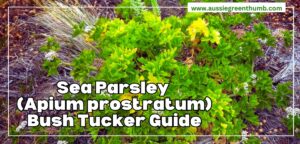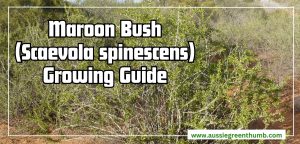Australian native plants isn’t as straightforward as it sounds, with native Australian plants coming in all forms, from trees, the shrubs, to tender perennials, but our basic guide below gives an outline of how to care for and when to prune Australian natives.
Pruning is probably the single most important job you can do in the garden, whether it’s for the health of your plants, or for a quick tidy up, pruning is rule one of a presentable garden.
You’ve probably heard of hedges and edges, right? Well, essentially that’s the first thing you end up focusing on every spring, summer and autumn to keep your garden neat and tidy.
Well pruned hedges and neat lawn edges make any weed-filled borders look intentional, covering all the sins of an unattended winter garden.
More...
Tips on Pruning Australian Native Plants

Pruning Australian Hardy Perennials
Hardy perennials tend not to require any pruning other than to remove dead, damaged or diseased materials. Their leaves will last through winter without signs of damage, but those with flower spikes can have their spikes removed after flowering for a neater garden. Alternatively, flower spikes can be left on over winter to provide a habitat for wildlife.
How to Prune Australian Tender Perennials
While most Australian native plants are hardy throughout the country, some tropical and rainforest varieties from the east coast can’t cope with the cooler temperatures down south or out in Tasmania and should be brought indoors for winter, or cut back to stumps, then covered in fleece.
These tender perennials tend to have thicker stems or petioles that can be cut with shears or even kitchen knives. Pruning tender perennials through the year should only be done when you notice fungal or bacterial rot that needs removing from the plant.
Pruning Australian Native Shrubs & Trees
Most deciduous trees only ever need pruning to remove dead, damaged, or diseased branches, but for many gardeners, pruning isn’t just about plant health, it’s about beauty.
To help control trees and shrubs, whether they’re evergreen or deciduous, prune them in summer or autumn after flowering. For many native shrubs, this will encourage better flowering the following season.
For hedging, prune in winter to promote healthy new foliage in spring, and again in summer, once a month, to help maintain your preferred shape.

How to Prune Australian Native Climbers
Australian native climbers like Pandorea jasminoides need little pruning other than to help maintain their shape, but like most climbers will benefit from pruning with clean secateurs once every 2-3 years.
While all climbing plants have different pruning requirements, the most common method for Australian natives is to cut back 1/3 of the growth, every three years.
So cut back the oldest vines, leaving 2/3 intact. The following year, cut back a different 1/3, and so on.
Tools for Pruning Australian Natives
When it comes to pruning Australian natives there are only really three tools you need, but there are a few things to think about so you don’t wind up with a set of tools that are completely gummed up after their first use.


Get Your Free Guide:
Master Growing Australian Natives eBook
A Must Have Complete Guide for Every Australian Garden
Get Your Free Guide:
Master Growing Australian Natives eBook
A Must Have Complete Guide for Every Australian Garden
Firstly, Australian native plants are in their own habitat, which means diseases can spread faster than they do among non-native plants whose common diseases haven’t spread here.
Keep your tools clean by washing them after every use, and for particularly disease-prone plants, carry a bucket of diluted disinfectant around the garden to dip your shears into.
Pruning Tool Materials
Choose prune tools that are made from carbon steel, or stainless steel, with plastic or rubber handles to comfort. Stainless steel has the advantage of being stain and rust-resistant, and easy to clean, while carbon steel is tougher and needs sharpening less regularly.
Our quick guide to tools for pruning Australian natives below includes the three most basic tools that no gardener should be without secateurs, shears and loppers. But, don’t forget to look for a good sharpening block to maintain your tools too.
Secateurs
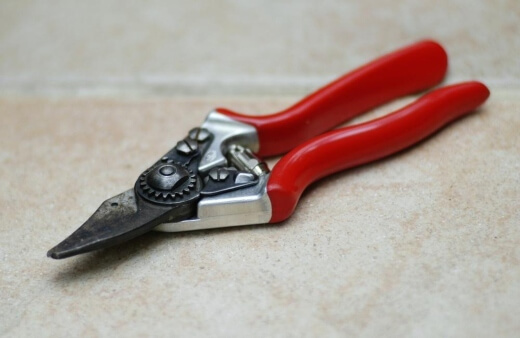
There are two types of secateurs: bypass and anvil. Bypass secateurs pass one sharpened blade over an opposing blade or cutting plate, similar to scissors, while anvil secateurs force a twin sided blade onto a base plate.
Personally, I prefer bypass secateurs for most jobs, but anvil secateurs are great for pruning out old softwood in winter.
I love these insanely smooth bypass secateurs by Draper right now, but check out our secateurs reviews for more information about how to choose the best secateurs.
Hedge Shears

For hedges, and even lawn edging, you need a set of hedge shears. If you’re not already familiar with shears, they work like giant scissors, with bypass blades, and typically no spring so you are in full control of the blades.
Read our full buyers guide to the best hedge shears you can buy right now for everything you need to know about these essential garden tools.
Loppers
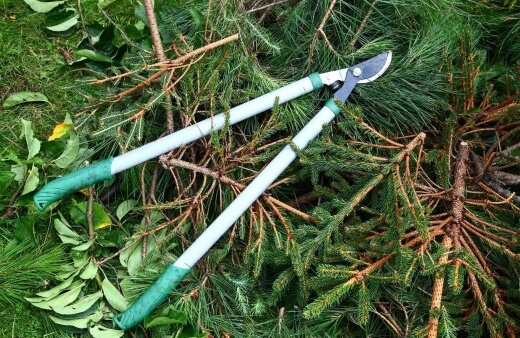
Loppers have more bite to them than secateurs of shears, so are able to cope with tougher branches, and are great for pruning out dead wood, reshaping deciduous trees in summer to restrict their growth, or in winter to boost new growth next year.
No gardener should be without the best pair of garden loppers.
You are Now Ready to Start Pruning Australian Native Plants
As long as you remember that the golden rule for nearly all pruning is to prune in summer to limit growth, and prune in winter to promote it, you can’t go wrong.
Spring is the season of a new life no matter what part of the world you’re in, so get out in the garden no matter how chilly it feels, and prune out old wood to promote a flurry of new growth.
This is especially important for fruit trees when pruning Australian natives, as it forces them into fruit production mode for the following year.
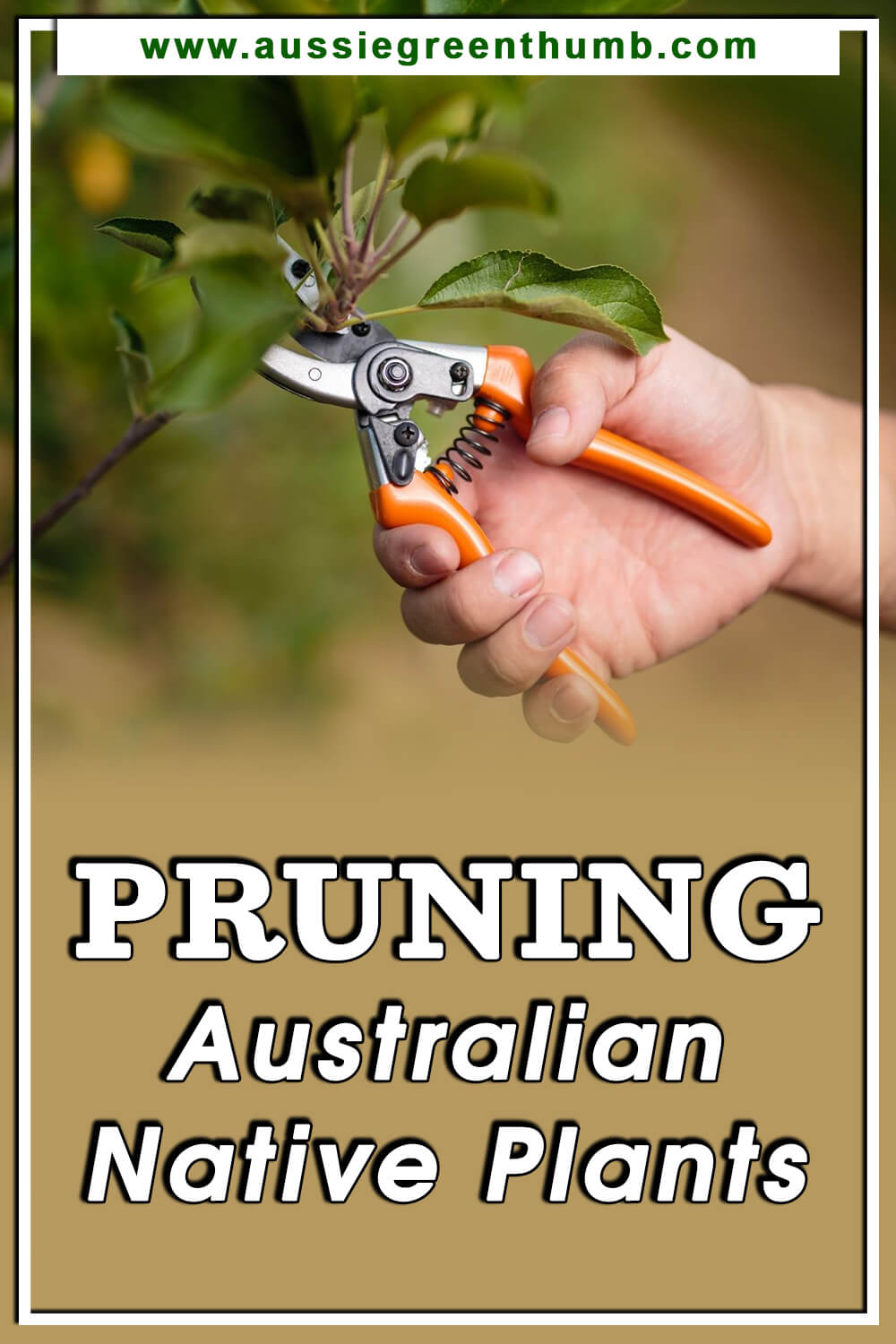
Published on April 30, 2022 by Nathan Schwartz
Last Updated on August 6, 2022

